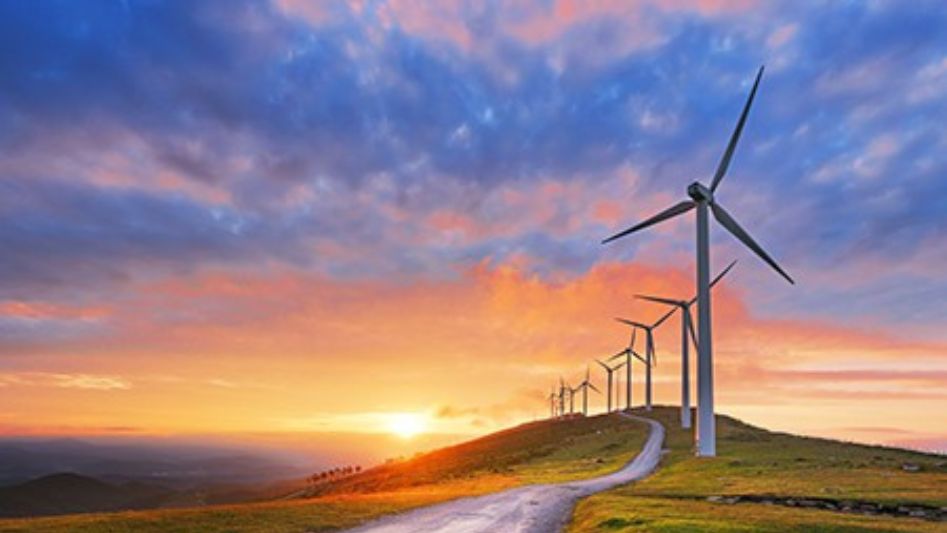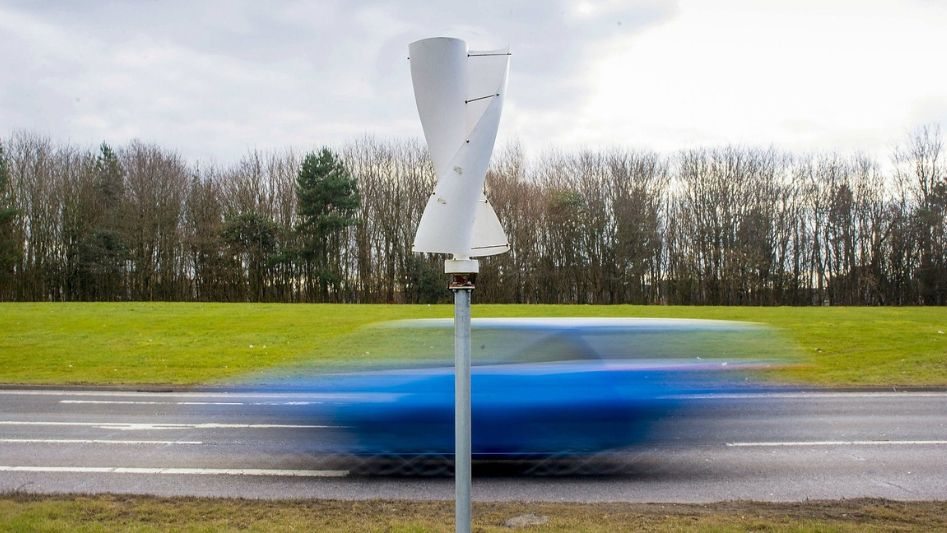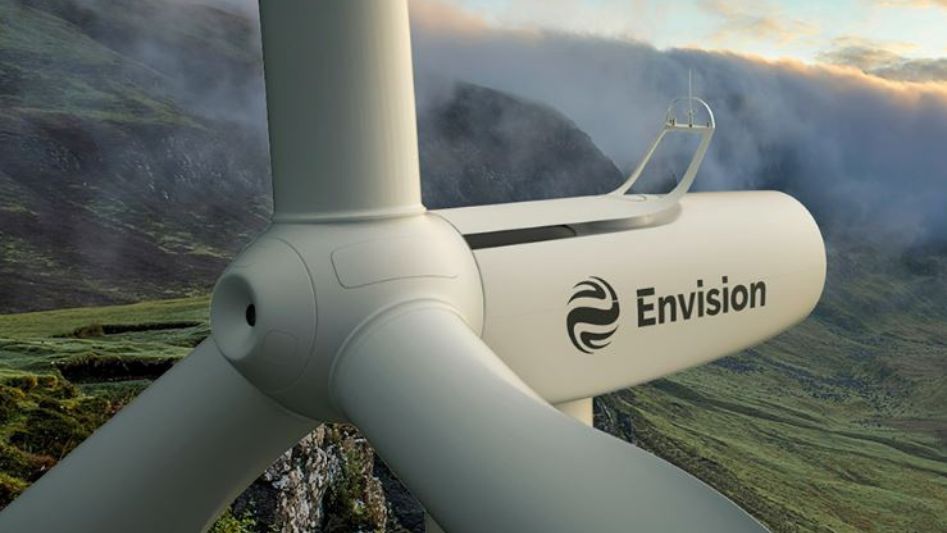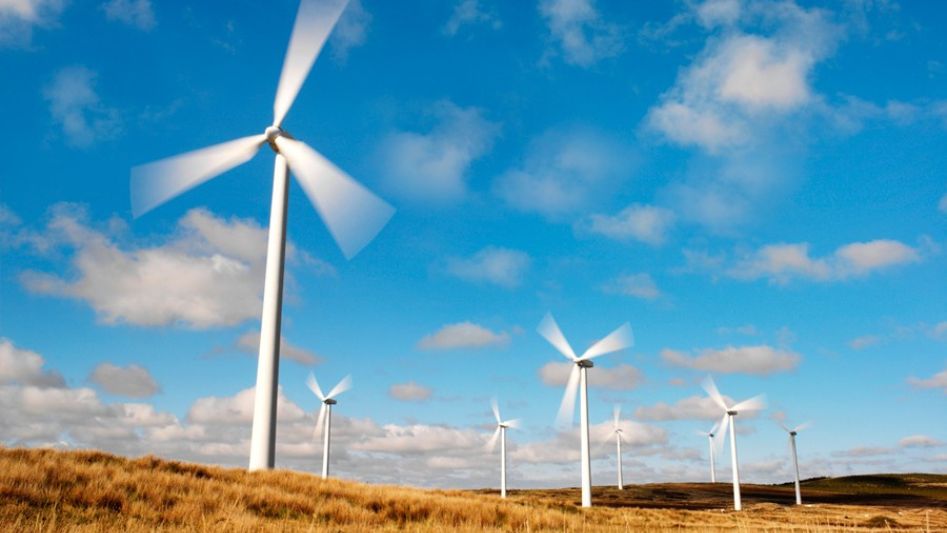Long-haul truck driver Bill Stovall hails from Texas. He contributed to the collection of renewable wind energy. Learn about him in this article.
Table Of Content
- Content
- Conclusion
- FAQ
- You May Also Like
- External Links
Bill Stovall is a truck driver who hails from the state of Texas. It was a job that he took great satisfaction in doing, and that job was delivering fresh meats and fruits. But for the last several years, he has been transporting a totally different sort of cargo in a unique truck-trailer combination that has a telescoping mechanism and can extend to a length of 168 feet. All of that length is dedicated to hauling a single item, which is the blade of a wind turbine that is around 130 feet long. Because the blade is so long, the driver of his escort van has to pull up stop signs before the truck makes a tight left turn, or else the end of the blade would lop it off. It is necessary for the driver of the rear escort vehicle to exit the vehicle and restart it.
We invite you to read: “Onshore Versus Offshore Wind Energy: Pros & Cons”

Transporting components of wind turbines, including super-long blades, 100,000-pound nacelles, and other components, from the manufacturer to the wind farm is commonplace labor for truck drivers like Bill and hundreds of others. However, in the thick of all the political hyperbole we hear about renewable energy and the stump speeches about the failure of a single firm, the work of individuals like Bill Stovall and what is really occurring on the ground in America may somehow get buried. The reality is that genuine shifts are on the horizon. Clean energy is already here, and it is already making a difference in people’s lives in a way that is gradual, flawed, and with a few stop signs that are put in inconvenient places; yet, this change is inspirational.
This is the picture that Philip Warburg draws in his latest book, Harvest the Wind, which takes a look at the wind business in the United States from a ground-level perspective. Warburg made a tour across the nation in the form of a road trip, during which he spent time with individuals who are working on the front lines of this young business, such as Bill Stovall. These people are working in areas that are finding new life as a result of the expansion of clean energy.
He had a conversation with Bob Loyd, the plant manager of Clipper, a tiny firm located in Cedar Rapids, Iowa, that assembles wind turbines. Cedar Rapids is the industrial hub of Iowa. Before the plant in Cedar Rapids closed its doors, Loyd was responsible for supervising the construction of newspaper printing machines there. When Loyd acquired the position at Clipper, he recruited numerous of his previous coworkers to come work with him there. This is how Loyd expressed his approach to the process of employing new staff members: “If you think about a printing press, it’s a gigantic gear box with hundreds of gears.” Loyd came to the conclusion that wind turbines were not all that dissimilar. About 350 individuals are now working for Clipper in Cedar Rapids. (Towns located all around the Rust Belt are seeing a similar revival in manufacturing employment as a direct result of the government’s policies to promote renewable energy and efficiency.)
We invite you to read: “Google Buys 43MW of Wind Energy While Saving Birds”

During his time in Kansas, Warburg meets with astute farmers like Ray Mason, who saw a lucrative commercial opportunity when “the wind lads” arrived in town. Due to the installation of wind turbines on land that was previously used for marginal grazing, Mason is now able to bring in an additional $50,000 per year. And it is not a little source of joy for Mason and other farmers like him that the sector they are helping to support is beginning to hire young people in the region, who had previously been departing in droves to find work elsewhere.
The tales that Warburg tells are filled with awe-inspiring motivation. These are regular citizens of the United States, of many political persuasions, whose lives have been altered as a result of the arrival of renewable energy. Their communities are gaining employment opportunities, increased income, and the possibility of taking part in the new energy future of the United States.
Conclusion
Changing the way that we produce energy in this nation is not a straightforward undertaking by any means. There will be instances of triumph, but there will also be instances of tragedy. But regardless of where we are in this process, we are making headway toward a very worthwhile destination: a green energy infrastructure that safeguards our health, fosters economic growth, and frees the United States from its reliance on energy supplies from other countries.
We invite you to read: “9 Cool Innovations In Wind Energy”
FAQ
Who invented wind power as an energy source?
Charles F. Brush is credited with building the very first wind turbine in the history of the world. Charles F. Brush (1849–1929), a scientist from the United States, is credited with building what is considered to be the first automated wind turbine to produce energy in 1887. As a result of his work, wind turbines are presently being constructed all over the globe, both onshore and offshore.
Where was the wind energy harvested for the first time?
By the year 200 BC, windmills with woven-reed blades were being used to grind grain in Persia and the Middle East. These windmills were driven by rudimentary wind-powered water pumps in China. The globe as a whole will ultimately adopt novel approaches to harnessing the power of the wind.
Who came up with the first successful windmill?
In July of 1887, Professor James Blyth of Anderson’s College in Glasgow constructed the first wind turbine that was utilized for the generation of electricity. This accomplishment took place in Scotland (the precursor of the University of Strathclyde).
You May Also Like
- Wind Energy: The Unknown Facts
- Wind Energy Turbines History
- Wind Energy: Frequently Asked Questions FAQ
- How Large Is This Hybrid Solar & Wind Energy Facility In Europe?
- Floating Offshore Wind Is Driven By Dramatic Innovation


